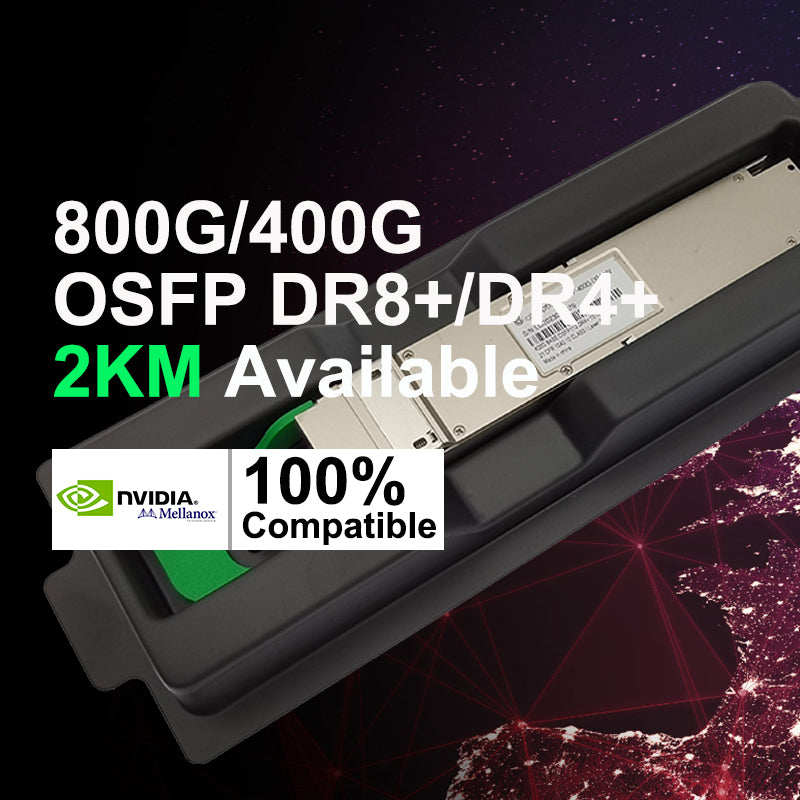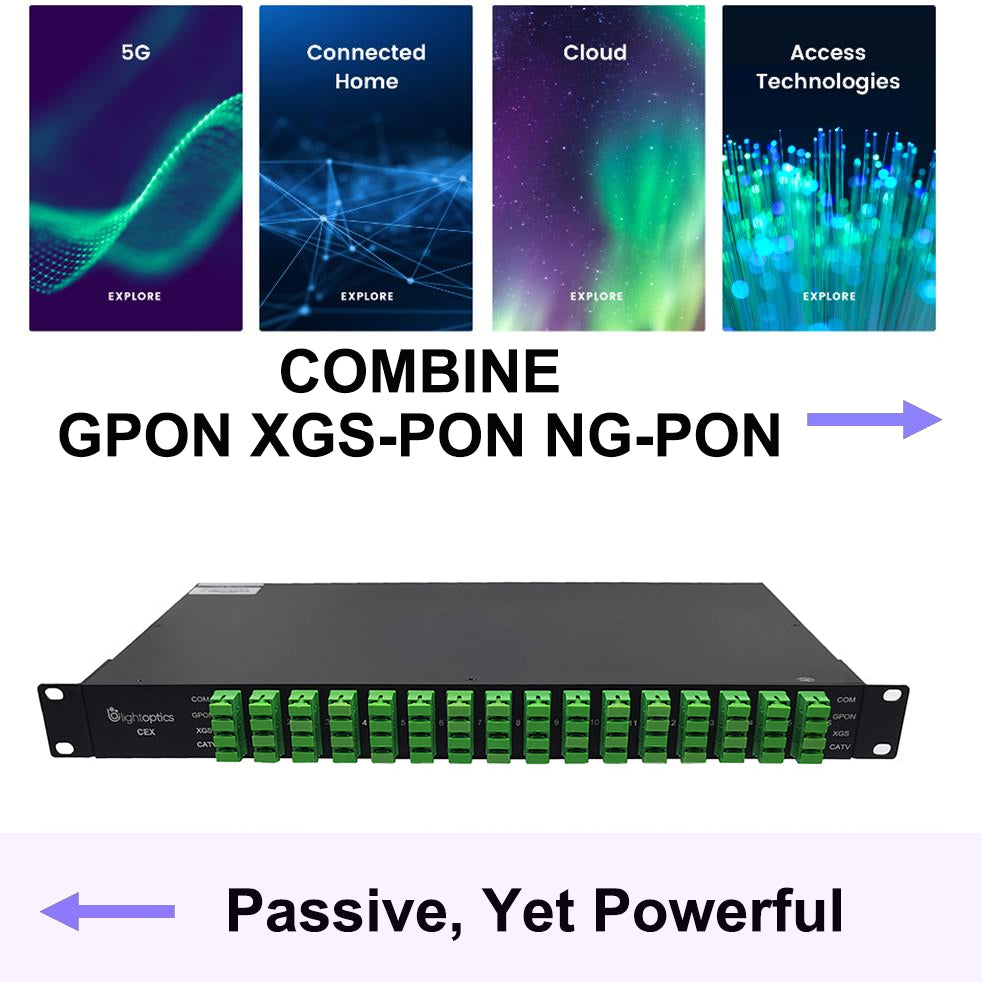Can a QSFP56 optic work with QSFP28 cable
What is QSFP28
In 2014, QSFP28 (an abbreviation for quad small form-factor pluggable 28) was published to carry 100 Gigabit Ethernet, EDR InfiniBand, or 32G Fibre Channel. It offers 4 channels of high-speed differential signals with data rates ranging from 25 Gbps up to potentially 40 Gbps, and meets 100 Gbps Ethernet (4×25 Gbps) and 100 Gbps 4X InfiniBand Enhanced Data Rate (EDR) requirements.
QSFP28 is specified by a multi-source agreement (MSA) under the auspices of the SFF Committee. The ‘QSFP’ means the form factor; ‘28’ represents that each lane has a maximum transmission rate of 28Gbps.
There are many products with QSFP28 form factor like the SR4, LR4, PSM4, CWDM4 and AOCs. ‘SR’ means short reach (100m), ‘LR’ is long reach (10km) and ‘ER’ is extended reach (40km). ‘4’ represents that the module has 4 lanes. For example, the QSFP28 SR4 means that it is a long reach 100G module which can transmit 100G signals over four wavelengths with a transmission distance of 100m.
How does QSFP28 work
The most straightforward way to connect 100G traffic is by using standard transceivers and there is a wide range of cables and transceivers suitable for this. To offer cost-optimized solutions for connecting switches together in a rack or data center, Ethernet switch vendors want to maximize the density of optical transceiver ports on their equipment. This is so they can offer maximum channel count and lowest cost per bit traffic.
Most of these switch vendors choose the smallest form factor transceiver: the QSFP28 transceiver. It’s the smallest module available, and has the lowest power consumption among those that are capable of handling 100G traffic. It’s also notable that the QSFP28 has the same physical size as the QSFP+ commonly used for 40G traffic. This means that switch vendors can increase the traffic throughput by a factor 2.5 without the need to redesign the front panel of their switches.
Types of QSFP28 products
- QSFP28 AOC & DAC cable assemblies
- QSFP28 Transceivers
| QSFP28 | SR4 | LR4 | PSM4 | CWDM4 | ER4 |
| Standards | IEEE 802.3 | IEEE 802.3 | MSA | MSA | IEEE 802.3 |
| Connector | MTP/MPO-12 | LC Duplex | MTP/MPO-12 | MTP/MPO-12 | MTP/MPO-12 |
| Cable Type | MMF | SMF | SMF | SMF | SMF |
| Wavelength | 850nm | 1310nm | 1310nm | 1271nm, 1291nm, 1311nm and 1331nm | 1310nm |
| Transmission Distance | 70/100m | 10km | 500m | 2km | 40km |
| Transmitter Type | VCSEL | EML | DML/FP | DML | DML |
QSFP28 Application Guide
|
DAC Passive
|
DAC Active
|
AOC MM
|
MMF Transceivers
|
SMF Tranceivers
|
|
Cable Assembly
|
Cable Assembly
|
Cable Assembly
|
Discrete transceivers & cables
MPO structured cabling
|
Discrete transceivers & cables
LC SMF structured cabling
|
|
Lowest Cost
Lowest Distance
|
Low Cost
Better performance (CDR)
|
Higher cost than DAC
Longer distance than DAC
|
Low Cost
|
Most expensive transceivers
Best performance
|
|
Inside Rack
|
Inside Rack and Rack-to-Rack
|
Rack-to-Rack
|
Rack-to-Rack
|
Data Center to Data Center
|
|
0-3m
|
0-15m
|
0-70m
|
0-100m
|
0-40km
|
FAQs about QSFP28
Is QSFP56 compatible with QSFP28
Can a QSFP56 optic work with QSFP28 cable
|
Product
|
Data Rate
|
Wavelength
|
Distance
|
Connector
|
|
QSFP56 SR4
|
200G
|
850nm
|
100m
|
MPO/MTP
|
|
QSFP56 DR4
|
200G
|
1310nm
|
500m
|
MPO/MTP
|
|
QSFP56 FR4
|
200G
|
CWDM4
|
2km
|
LC duplex
|
|
QSFP56 LR4
|
200G
|
LWDM4
|
10km
|
LC duplex
|
|
QSFP56 ER4
|
200G
|
LWDM4
|
40km
|
LC duplex
|












